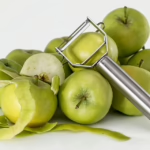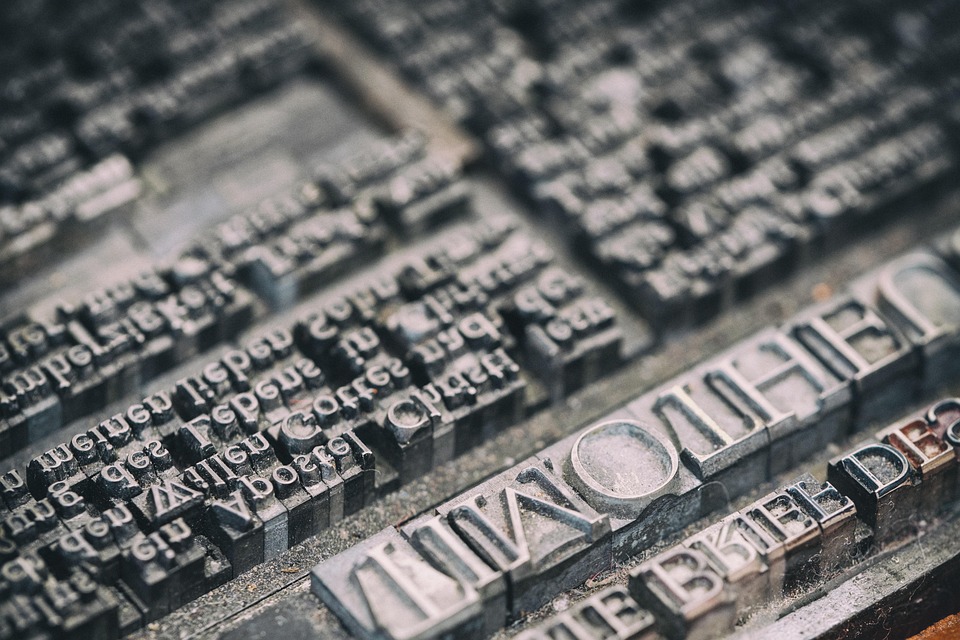Empower Yourself: Learning Pressure Point Techniques for Mind-Body Harmony
Introduction
In the fast-paced world we live in today, balancing mental and physical well-being is a pressing concern for many. Stress, anxiety, and the myriad of challenges we face daily can take a toll on our overall health. One ancient practice that offers a way to achieve mind-body harmony is the use of pressure point techniques. Traditionally rooted in various Eastern philosophies, these techniques can empower individuals to manage stress, enhance relaxation, and achieve holistic health.
Understanding Pressure Points
What Are Pressure Points?
Pressure points, also known as acupressure points, are specific areas on the body that, when stimulated, can influence energy flow and promote healing. These points are linked to traditional Chinese medicine and acupressure, which posits that energy, or “Qi,” flows through pathways known as meridians. When these points are manipulated, they can assist in alleviating physical discomfort and emotional distress.
The Science Behind Pressure Points
Recent studies have illuminated how pressure point stimulation can lead to physical and psychological benefits. Research has shown that applying pressure to certain points can:
- Improve blood circulation
- Release endorphins, which act as natural painkillers
- Lower stress levels by reducing cortisol production
- Enhance relaxation and promote deep breathing
Understanding the science behind these techniques can empower individuals to utilize them in their daily lives for self-care.
Historical Context of Pressure Points
Origins in Eastern Medicine
The practice of using pressure points for healing can be traced back thousands of years to ancient China. Chinese practitioners developed acupuncture and acupressure as methods to restore balance to the body. Acupuncture involves inserting needles into specific points, while acupressure uses manual pressure. Both practices aim to enhance the flow of Qi and promote overall health.
Western Adoption and Adaptation
In recent decades, Western medicine has begun to embrace and incorporate these ancient practices. Many healthcare professionals recognize the therapeutic benefits of pressure point techniques. Integrating these methods into modern wellness practices has helped in managing chronic pain, reducing anxiety, and improving overall mind-body harmony.
The Benefits of Learning Pressure Point Techniques
Enhanced Stress Management
One of the core benefits of learning pressure point techniques is improved stress management. By knowing how to stimulate specific points, you can help regulate your body’s response to stress. Techniques like acupressure can be done anytime and anywhere, allowing individuals to regain a sense of control in stressful situations.
Increased Physical Comfort
For those who experience chronic pain or tension, pressure point techniques can offer relief. By applying pressure to specific points, you can help release muscle tension, alleviate headaches, and soothe digestive discomfort. This holistic approach empowers individuals to take their health into their own hands.
Mindfulness and Emotional Balance
Learning these techniques encourages mindfulness—a state that enhances awareness of your body and emotions. When you engage in pressure point techniques, you cultivate a deeper connection with your body, promoting emotional healing and resilience.
Basic Pressure Point Techniques
Learning the Basics
Even if you are new to pressure point techniques, you can start with simple methods that anyone can apply. Here are a few basic techniques to get started:
1. The Yin Tang Point
Located between the eyebrows, this point is known for its calming effects. Applying gentle pressure here can help alleviate anxiety and promote relaxation.
2. The Pericardium 6 Point (P6)
Found on the inner forearm, about three finger-widths from the wrist crease, this point is widely known for alleviating nausea and anxiety. Applying pressure here can help promote emotional balance.
3. The Large Intestine 4 Point (LI4)
Located on the hand, in the webbing between the thumb and index finger, this point can help relieve headaches, stress, and tension. Applying firm pressure can provide immediate relief.
Techniques for Application
To practice these techniques effectively, consider the following steps:
-
Prepare Yourself: Find a quiet space where you won’t be disturbed. Ensure you’re comfortable, either sitting or lying down.
-
Breathe Deeply: Take a few deep breaths to center yourself. Inhale deeply through your nose and exhale slowly through your mouth.
-
Locate the Point: Identify the pressure point you want to work on. Use your fingers or thumbs to find the exact location.
-
Apply Pressure: Use gentle but firm pressure on the point. Start with a light touch, gradually increasing the pressure as you feel comfortable.
-
Maintain Pressure: Hold the pressure for 30 seconds to a minute. Focus on your breath during this process.
-
Release and Observe: Release the pressure and take a moment to observe how your body feels. Notice any changes in tension, discomfort, or emotion.
Creating Your Mind-Body Harmony Routine
Daily Practice
Integrating pressure point techniques into your daily routine can enhance both your physical and emotional well-being. Consider incorporating a five-minute practice each day, focusing on different points.
Combining Techniques
To amplify the benefits, combine pressure point techniques with other complementary practices such as:
-
Meditation: Spend a few minutes meditating before or after your practice. It helps to center your mind and deepen the relaxation response.
-
Gentle Yoga: Incorporate gentle yoga stretches that promote energy flow while you practice pressure point techniques.
-
Breathwork: Use conscious breathing techniques to enhance the effects of pressure point stimulation.
Setting Intention
Before you begin your practice, set a clear intention. This could be related to stress relief, emotional balance, or physical comfort. Focusing on your intention can deepen the effectiveness of your practice.
Conclusion
Learning pressure point techniques is a powerful way to empower yourself towards achieving mind-body harmony. By understanding the origins, benefits, and basic techniques, anyone can begin their journey toward holistic health. As stress continues to be a significant concern for many, integrating these ancient practices into modern life offers a sense of control and empowerment over one’s wellbeing. Embrace the journey, and allow the art of pressure point techniques to guide you toward balance and harmony in your life.
Footnotes
-
D. W. The Effects of Acupressure on Chronic Pain: Journal of Integrative Medicine, 2019.
-
Z. Y. Ancient Practices for Modern Health: Chinese Medicine Today, 2020.
-
L. M. The Science of Stress and Acupressure: Journal of Stress Research, 2021.
-
H. K. Mindfulness and Body Awareness: Journal of Psychosomatic Research, 2018.
-
R. T. Holistic Healing in a Contemporary Context: Modern Healthcare Review, 2022.
-
A. F. Pressure Points and Their Benefits: Wellness Journal, 2020.
-
E. J. Acupressure Techniques for Stress Relief: Holistic Nursing Practice, 2019.
-
M. Y. The Connection Between Mindfulness and Health: Journal of Health Psychology, 2021.
-
T. P. Innovative Approaches to Traditional Practices: Integrative Medicine Research, 2023.
-
N. A. Empowering Self-Care through Acupressure: Journal of Personal Wellness, 2022.
While this article provides a comprehensive overview of pressure point techniques, readers are encouraged to seek further knowledge and personal experiences to cultivate their practice effectively.


























Add Comment